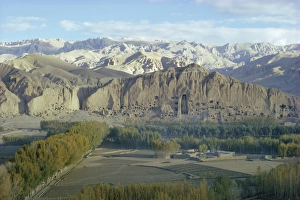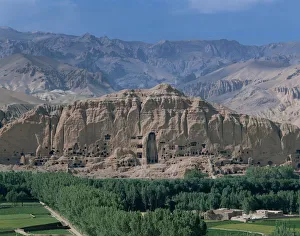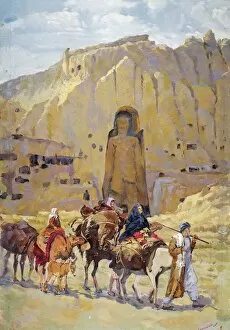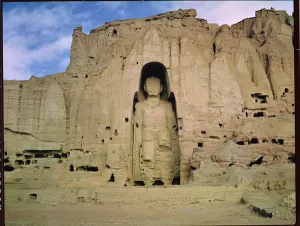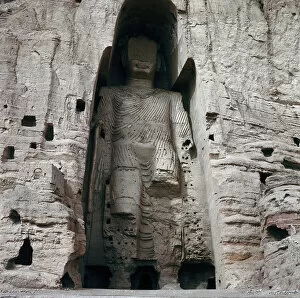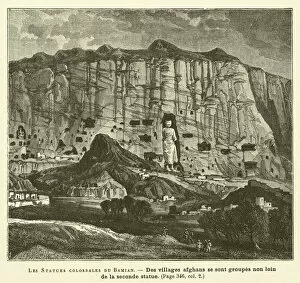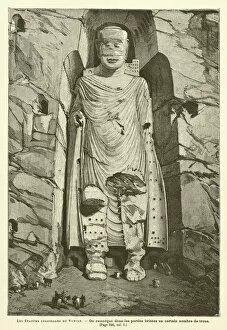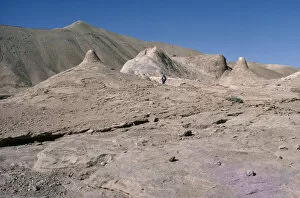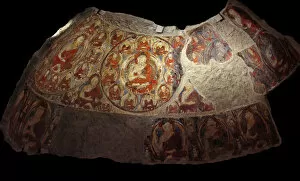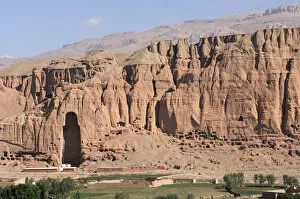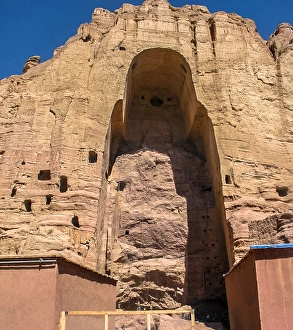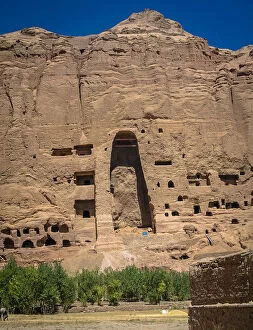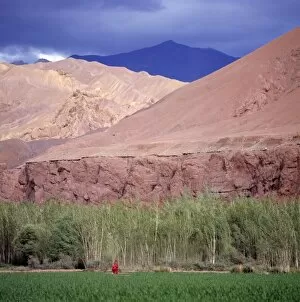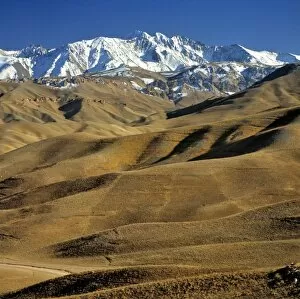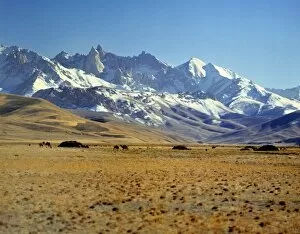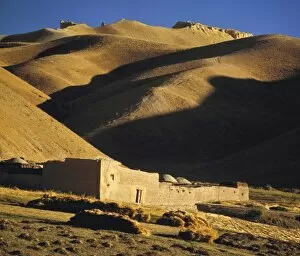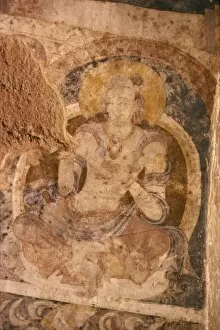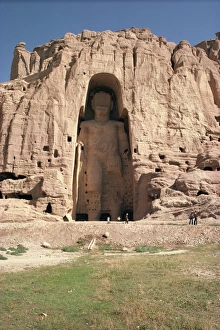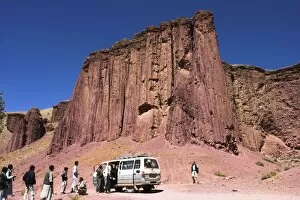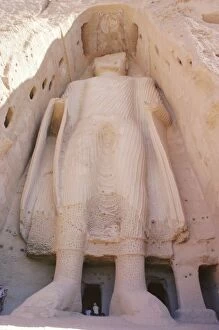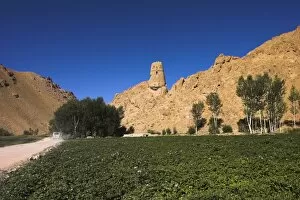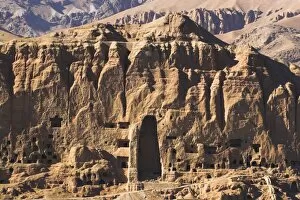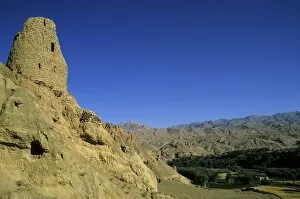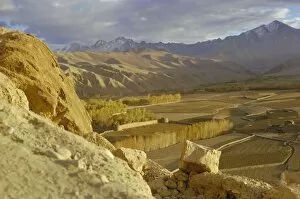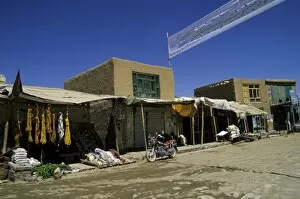Bamiyan Collection
Bamiyan, a place that holds the remnants of a tragic history and the beauty of ancient art
All Professionally Made to Order for Quick Shipping
Bamiyan, a place that holds the remnants of a tragic history and the beauty of ancient art. Nestled in the Bamiyan Valley of Afghanistan, this region was once home to two magnificent Buddha statues carved into cliffs. Standing tall and proud, these giant stone Buddhas dated back to the 5th-6th century. Sadly, their grandeur was short-lived as they were destroyed by the Taliban in an act of cultural vandalism. Today, all that remains are haunting memories and photographs capturing their former glory. One such image depicts an Afghan nomad family standing proudly in front of one of the Buddhas during a simpler time in 1950. The painting serves as a poignant reminder of what once stood there - symbols of peace and enlightenment towering over the valley. Another engraving titled "Les Statues Colossales Du Bamian" showcases these colossal figures with intricate details etched onto stone, and is through these engravings that we can still appreciate their magnificence even after their physical destruction. In contrast to this historical tragedy, another photograph captures fields filled with vibrant yellow sunflowers known as helianthus annuus. These flowers bring life and color to Bamiyan's landscape today, symbolizing hope amidst adversity. The legacy left behind by the Giant Standing Buddha continues to resonate throughout history books and conversations about cultural preservation. Fragments from frescoes found within grottos also provide glimpses into Bamiyan's rich artistic past dating back to the 7th-8th century. While it may be heartbreaking to witness what has been lost at Bamiyan, it is crucial not only to remember its past but also strive for a future where such acts against heritage never occur again. The Buddha statues may no longer grace those cliffs, but their memory lives on as a testament to human resilience and our collective responsibility towards preserving our shared cultural treasures.

